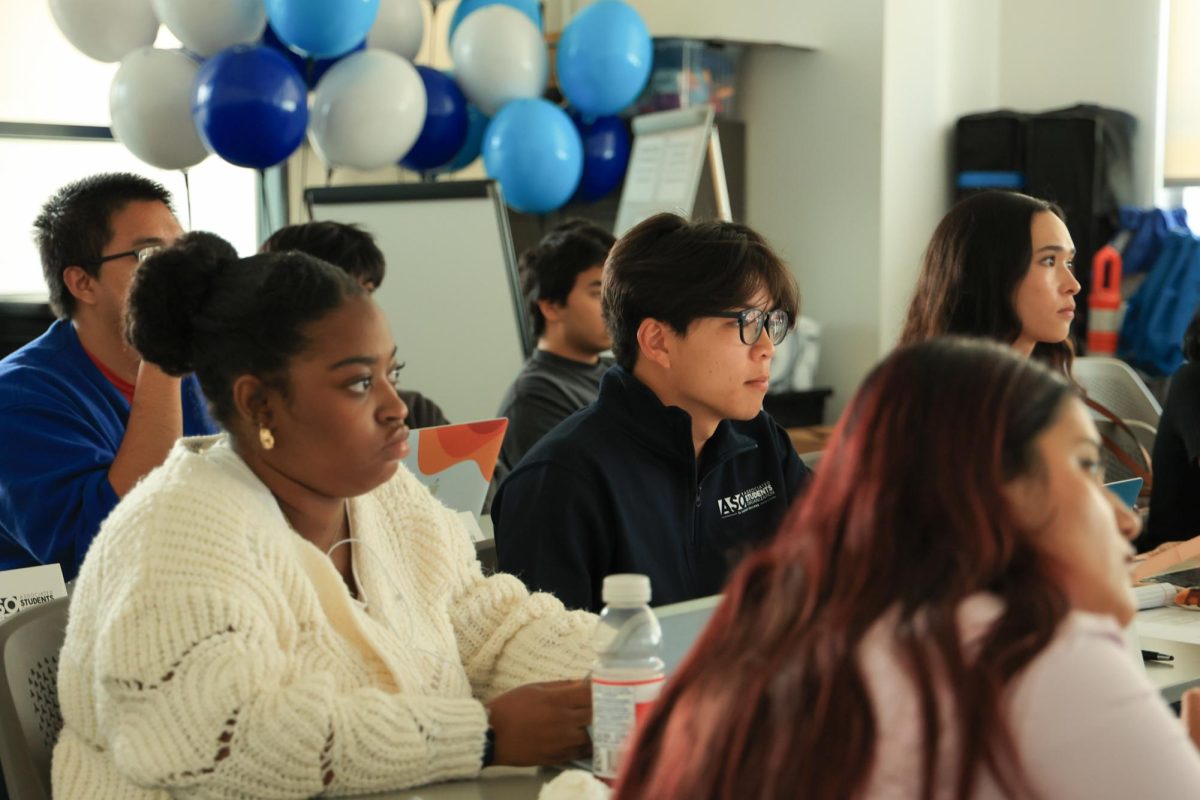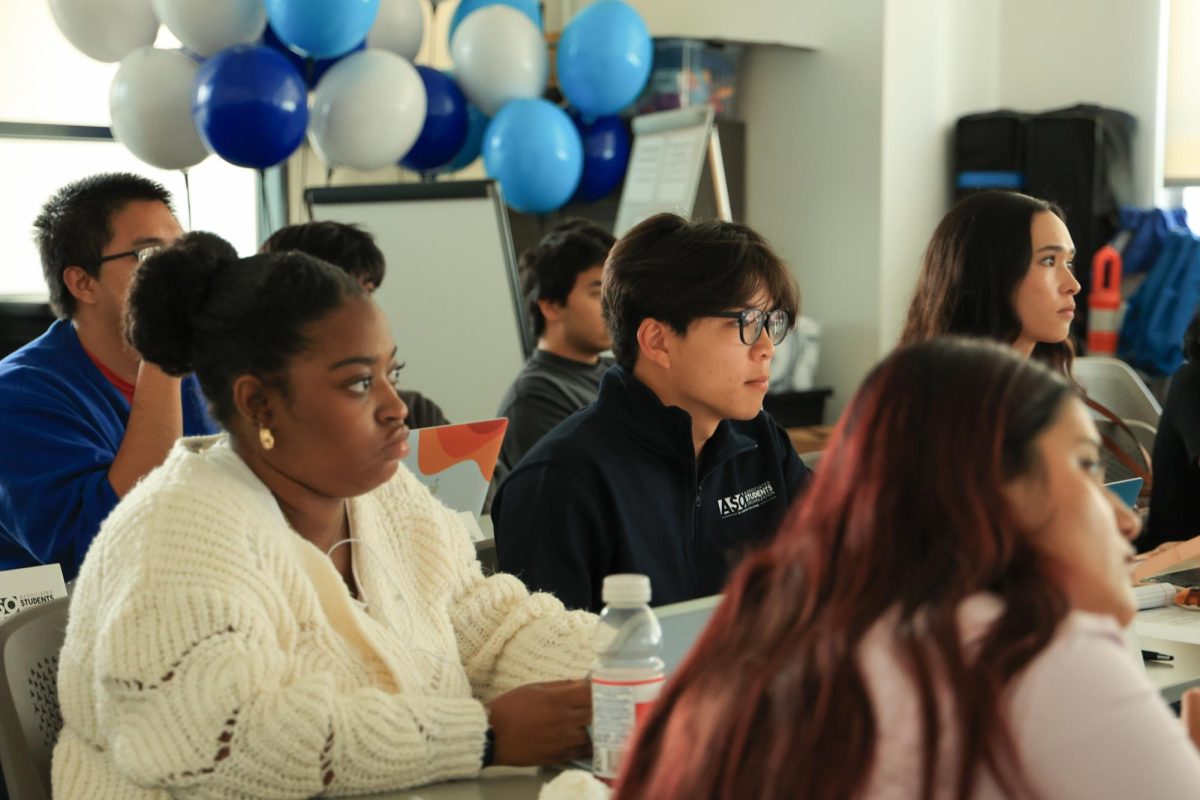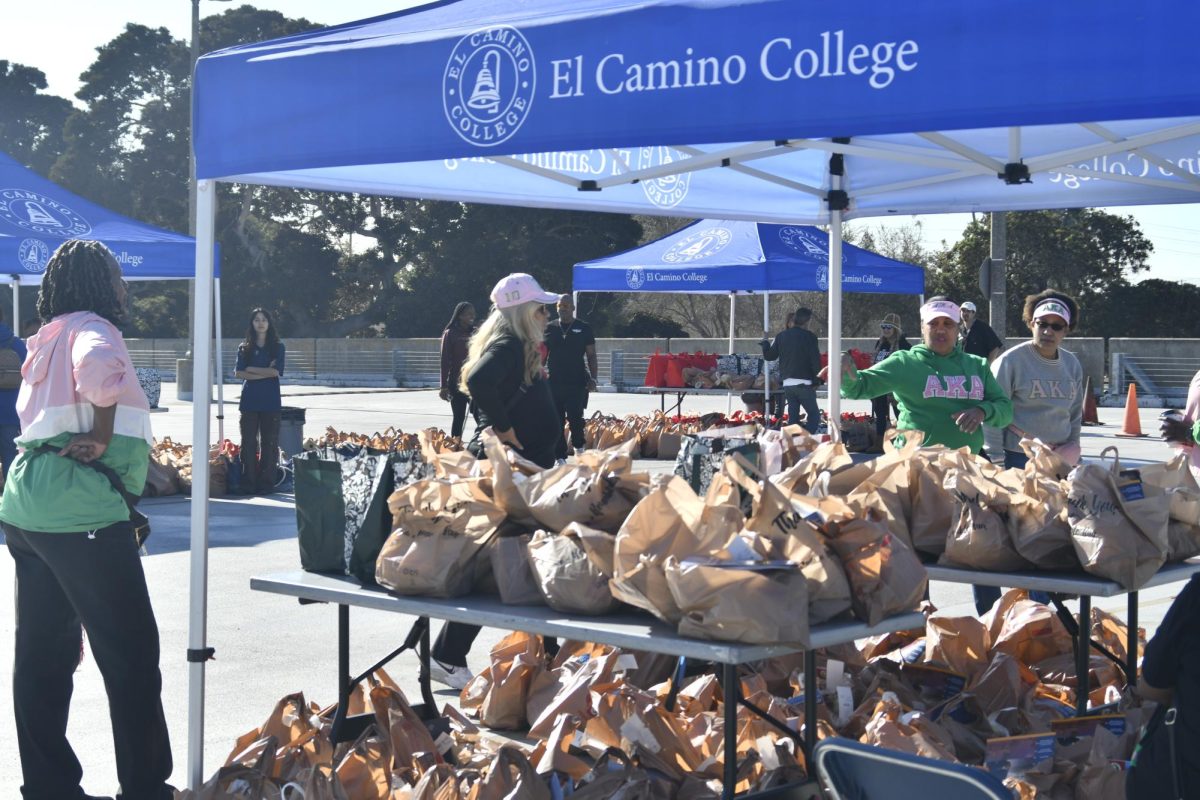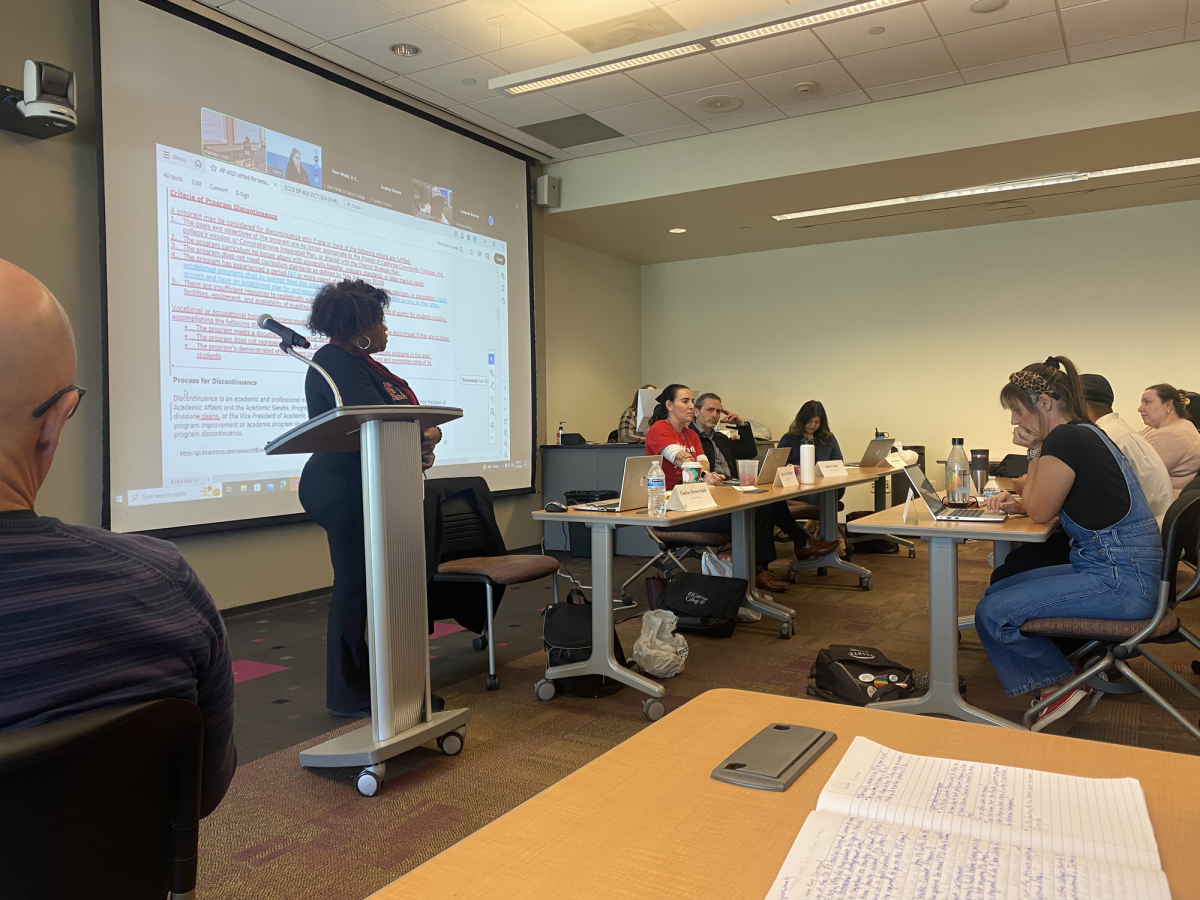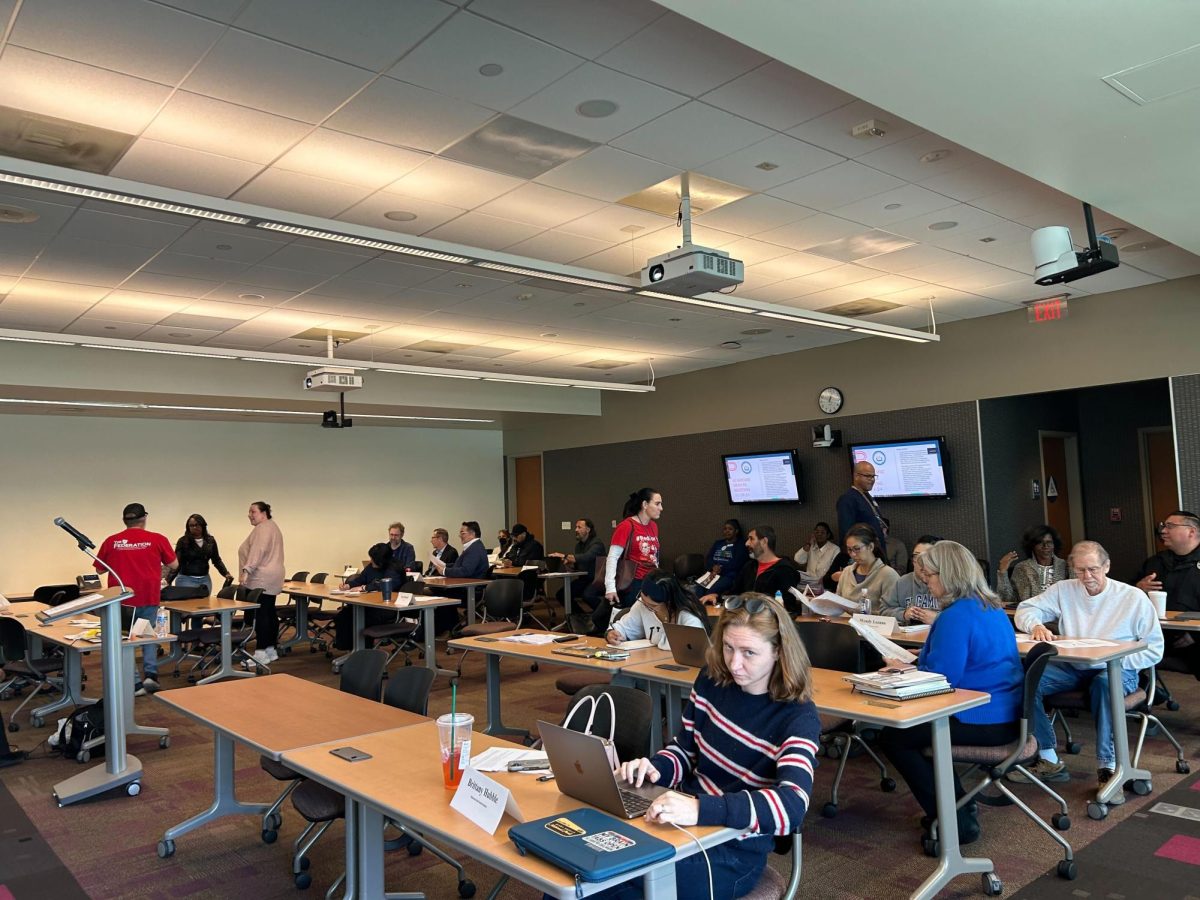More than 850 academic programs are taught and supervised by a group of faculty and administrators who dedicate their lives to educating students.
But it is not only the faculty who are zealous about molding people into what they want to become in the future; there is a group of students who are so passionate about education that they want to further develop student learning by becoming teachers.
The Teacher Education Program (TEP) is a network of teachers, students and administrators who meet once a month to provide help and encouragements for those pondering about becoming educators in the future.
“TEP is a constellation of support service for students who want to teach at any level,” Cheryl Kroll, TEP counselor, said.
Despite the name of the program, TEP is not only for those who want to become teachers.
“We help students who are interested in any position in school,” Kroll said.
TEP provides a myriad of services to its members, including counselors who are dedicated to helping students and the Teacher Resource Room that is located in ARTB 313 California Basic Skills Test (CBEST).
“College students usually get different counselors and it may confuse them because they get different opinions, but having somebody who connects with you on a more personal level is more beneficial,” Daniela Maga¤a, program TEP assistant, said.
In addition to the diverse group of about 1,200 student members, the program includes a 1500-member teacher’s club that works as a support group for students who plan to get involved in the eductaion field.
“Most of our members are regular community college students, but there are also those who are changing careers and those who go back to school because they have not been happy with their profession,” Kroll said.
One of the program’s purposes is to reach out to the teachers-to-be by making it easier for them to become more involved in education careers.
The basic requirements of the program include eligibility for transfer-level math and English and a 2.5 GPA.
“Anybody who wants to join should call the TEP office at (310) 660-3573 to make an appointment with me. We have them write a half-page statement on why they want to become a teacher. Afterward, we start a file for them,” Kroll said.
Although there are certain requirements to join, the TEP program welcomes and encourages students who don’t meet the criteria to still apply.
“We provide a bridge program to help them meet the requirements,” Kroll said.
Aside from the services for members, students may also enjoy benefits that come with joining the program.
“There is always somebody in here who will help them and we closely meet with universities to check their changing requirements so we can tell students what they really need,” Kroll said.
More than just a club, TEP can also serve as a way to network with people in the field of education, especially for those in the universities where students plan to transfer to.
“We have partnerships with the school district because they want our students to be teachers’ aides in their school,” Kroll said.
“We also work very hard to develop articulation agreements so students can seamlessly transfer to universities,” she said.
And it doesn’t end there. There are numerous activities that members may participate in, including a monthly meeting where guest speakers are invited to deliver speeches about the different aspects of teacher education.
Program meetings are usually held on Thursdays in the Teacher’s Resource Room from 1 to 2 p.m. for day students and 5 to 6 p.m. for night students.
The program may also serve as a boost for students who want to be noticed by universities and become more involved in their careers.
“The principal is going to look at commitment,” Kroll said.
“Get experience with the age group that you want to work with, such as preschoolers, elementary students, teenagers or college students,” she said.
Success of the program is reflected in the achievements of its members, who have transferred to universities and are teaching in their subject of mastery.
“The majority go to CSU Dominguez Hills and Long Beach,” Kroll said.
“But, we also have students who have transferred to other CSUs, UCs, and private schools in and out of California,” Kroll said.
In just four years, TEP has nurtured transfer students and has also helped them get jobs in the area.
“We have students that are now teaching in local school districts,” Kroll said. “It’s very exciting because their dreams are coming true.”



